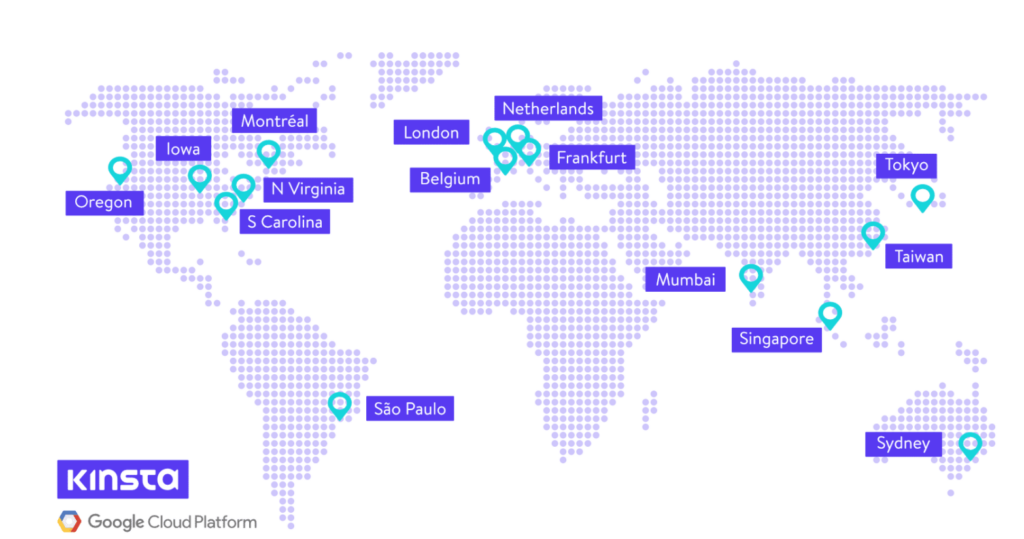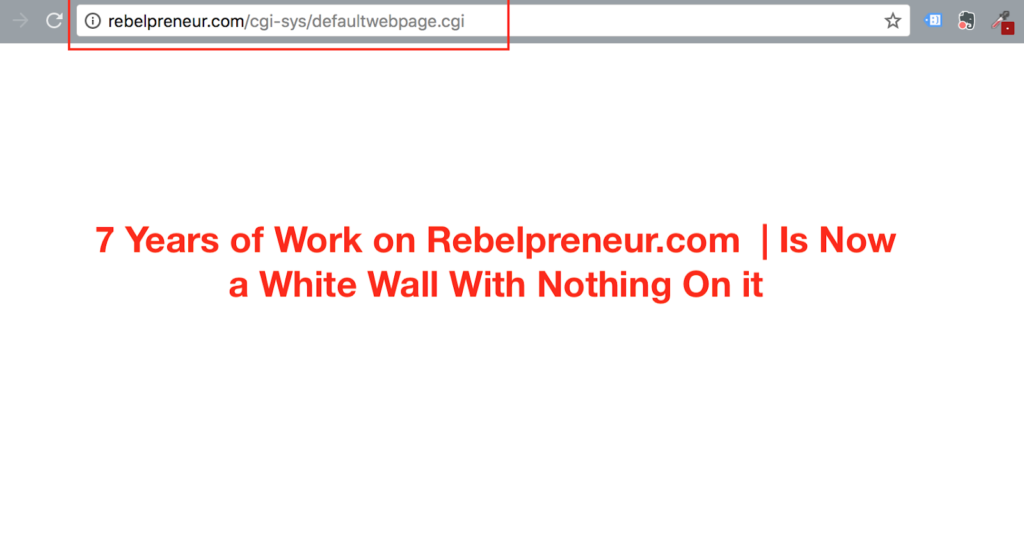There are several WordPress Managed Hosting options today. How do you choose the right one?
The hosting service you choose will determine just how successful your digital marketing efforts are going to be.
When you want to start a blog or setup a website on WordPress, you’d normally think of trying to spend as less as possible and get up and running as soon as possible.
Normally, there’s nothing wrong with that line of thinking until you begin to take way too much risk with “shared hosting”.
While shared hosting costs less (about $5 to $8 USD per month), your website is basically clumped together with the rest of the 200+ websites in your virtual neighborhood. Finding a bad neighborhood for your business website or blog doesn’t make business sense, regardless of the costs, does it?
Plus, all those thousands of other websites will share the same resources and you have the additional risk of having to go down in flames when any of the other websites are at risk.
Cheap shared hosting providers price themselves cheap (to attract all of us) and then focus on upselling and on hidden fees. They’ll call their plans “unlimited” but it’s usually not the case (there’s nothing you’d ever get unlimited of, ok?).
When on a shared hosting plan and you begin to go start plugging into your hosts’ resources (as you start getting more traffic or end up uploading all sorts of stuff including content), the host does something called as throttling to push up bandwidth and to drive you out of their resources so that they can make place for new clients.
They even have a term for this in the web hosting industry, and it’s called “Churn and Burn”
To understand why you shouldn’t be using shared hosting at all for your WordPress website, you should understand the economics of the web hosting industry and get an insight on the Web Hosting Industry Lowdown.
WordPress Hosting: What Do You Really Need?
WordPress Hosting is something you’d not think of much when you start. You’d also not think of “risks” associated with hosting.
If you are looking to host your WordPress website, you’d need all of the following:
Super fast speeds & High-performance
There’s a reason why we publish
posts like How to Increase WordPress website Speeds (10 proven Platforms). That’s because of an entire decade of shared hosting domination leading to an entire group of customers and businesses depending on shared hosts that lead to slow loading websites.
According to surveys done by Akamai and Gomez.com, more than 50% of web users expect a site to load in 2 seconds or less, and they tend to abandon a site that isn’t loaded within 3 seconds.
79% of web shoppers who have trouble with website performance say they won’t return to the site to buy again and around 44% of them would tell a friend if they had a poor experience shopping online.
Managed WordPress hosting gives you fast page speeds
and website load times. Period.
If you risk slowing your website down because of your host, you’d not even be ranking on search because of your site speed issues. Assuming you do manage to get people in, they’ll leave quickly if your website takes 39 seconds to load. If your website is slow or if it goes down, you won’t be able to sell anything at all.
Page speed is of primary importance. Then comes uptime. Managed WordPress hosting services ensure that your website is up all the time (like 100% of the time, through your thick and thin), and regardless of the volume of traffic you’d send at it.
Global Reach

Your website just can’t afford to load fast and nice to your
customers in the United States but take forever to load if someone wants to
visit it from France.
Some managed WordPress hosting providers tend to
have data centers in various regions (as many as 15 different locations).
This reduces latency (time delay for loading your website) and ensures
faster loading times.
Plus, you get CDN to power your WordPress website — think of a CDN as a
turbocharger for your already fast loading site as long as your website stays on a Managed WordPress hosting provider.
CDN helps in minimizing distance (from servers to users’ browsers), hops, and boosts download speeds of bandwidth-heavy assets such as images and video on your website.
Managed WordPress Hosting: Automatic Backups
While you’ll write on a Microsoft Word Document,
You’ll save every now and then, won’t you? If you use Google Documents,
Your document is automatically saved periodically. For WordPress websites on
Shared hosting, though, there’s still no way to save your Website every day.
I had a site I owned called Rebelpreneur hosted on a shared host for 7
Years. Something happened and the website just vanished
into thin air. That’s my biggest nightmare come true, with 7 years of work
just gone down the drain, just because I had no backups.
What would you do today if your site breaks down completely?
Most people have no idea (like me), and they’ll understandably panic. If you take your website presence seriously, you’d ideally need daily, automatic backups for your WordPress site.
Managed WordPress Hosting providers take automated backups of your website every day. You can additionally take manual backups at the click of a button. When you need to go back to an earlier version of your website, they provide you with a one-click restore.
With all this, who the heck wants to mess with cPanels, Backup plugins, ftp, or phpMyAdmin?
WordPress Staging Environments
I recently changed my blog layout from the typical
blog layout to a customized grid-style layout as you see below.
The question is this: When you make big changes like that, or when you add a new plugin, or when you change the theme, or when you make any sort of changes or customizations to your existing WordPress theme, how do you do it?
Every single change, update, or design customization on your WordPress website has the risk of totally making your website go belly up.
For that reason, you use what is called as a “Staging Environment” — a virtual staging environment built for you to “experiment”, “Work on kinks”, “try new plugins”, and “roll out plugin and theme updates” without breaking your site.
All Managed WordPress hosting providers give you a staging environment to work with. One click, and you’ll go to work on a “replica” of your actual “production or live site”.
All changes you do happen on the “staging site”. When the changes and/or upgrades are to your satisfaction (and thankfully your website didn’t break yet), you’ll push the changes to the live site (production site).
Without staging environments, you are susceptible to kill your own WordPress site. Enough said.
WordPress Hosting Support
Your website hosting needs support. You’ll need people to answer your
questions as early as possible (and this should be within 24 hours or less).
Sometimes, you’ll need simple help. Other times, you’ll need crucial
support.
Even if you get “email only” support but a very prompt and
understanding bunch of people on the other end, your website is so much
easier to manage and run.
Don’t underestimate the need for customer support when hosting your
website. Managed WordPress hosting Providers have some incredible
people working to help and support you.
I looked out, I checked, I tried, and I experimented. I just know this from experience (and you are welcome to
test).
Managed WordPress Hosting: What are your options?
Now that the “why” is out of the way, here are the best options available to you when it comes to Managed WordPress Hosting today:
Note: If you are willing to deploy and manage your own servers, then use Cloudways ( you get to pick from a choice of top cloud hosting providers such as Linode, Vultr, AWS, Google Cloud Hosting, and DigitalOcean) and stay in complete control of your servers.
To further help you decide further, read this:
Kinsta Vs WPEngine
Flywheel Review
Isn’t Your Business Worth $29 per month?
Are you using Managed WordPress Hosting yet? If not, why not? If yes, what do you think?



